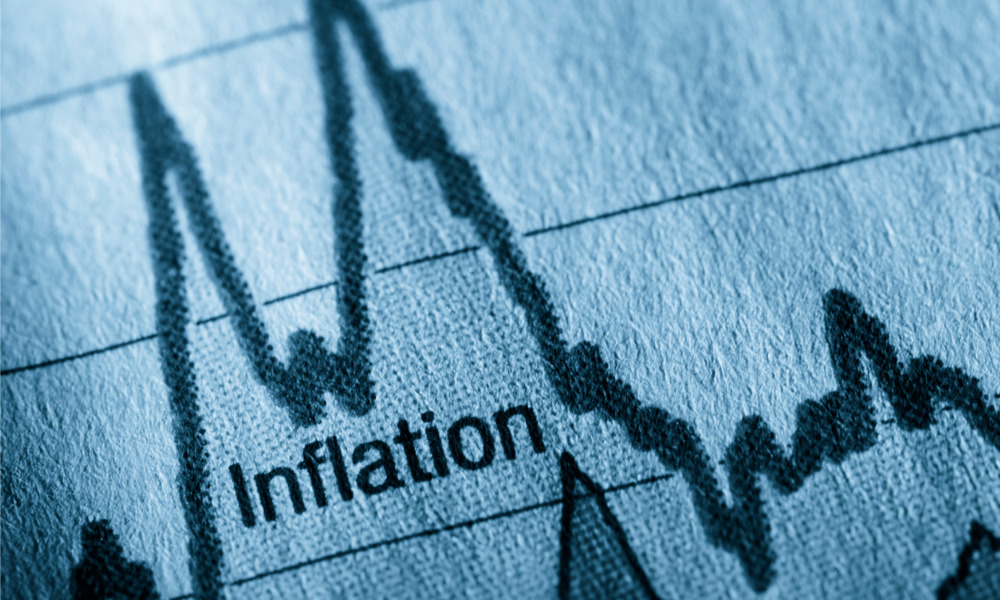Holding interest rates at a record low could lead to "a dangerous imbalance in the housing market," expert warns

A top economist has warned that the Reserve Bank of Australia should lower its inflation target, lest holding interest rates at a record low lead to “a dangerous imbalance in the housing market.”
The midpoint of the 2% to 3% target for CPI inflation hasn't been hit since 2014, according to The Australian. That fact was stressed by the Organisation for Economic Co-operation and Development (OECD) recently when it called for an independent review of the RBA’s monetary policy framework.
Now Bill Evans, chief economist for Westpac, is joining the call. Evans said the RBA’s inflation target has been “too high for too long.”
“The rationale and efficacy of targeting a higher inflation rate than our peers are not clear,” Evans said.
Evans made the comments on the heels of the International Monetary Fund recommending that Australia should use regulatory curbs to cool the red-hot housing market, which is booming thanks to ultra-low interest rate settings by the RBA in the wake of COVID-19, The Australian reported.
“Macroprudential policy should be tightened to address gradually rising financial stability risks,” the IMF said. The organisation warned that high debt-to-income mortgages are “on the rise amid elevated household debt, and investor demand has begun to increase from low levels.”
RBA Assistant Governor Michelle Bullock said last week that regulators were “continually assessing” whether to step in with macroprudential measures. However, RBA Governor Philip Lowe recently reiterated that using rate hikes to cool the market was “not on our agenda.”
Read next: CBA calls for “modest” measures to cool housing market
The RBA’s inflation target was first referred to in 1992, when inflation had averaged 6.4% over the previous seven years, the 10-year bond rate was around 8.5% and the cash rate was 5.75%, The Australian reported. The target was formalised in a 1996 agreement between the central bank and the treasurer.
According to Evans, it’s long past time to reassess that target.
“Since 1992 the world has changed, and the flexibility of central banks has been severely curtailed as policy rates have run into their lower bounds,” he said. “Yet we are still asking the RBA to achieve the same target.”
Evans pointed out that other central banks had lower targets, The Australian reported. The US Federal Reserve and the European Central Bank both have “symmetric” 2% targets, while the Bank of Canada and the Reserve Bank of New Zealand both target a 1% to 3% range with a midpoint of 2%.
“Reducing that target to a 1% to 3% range rather than the current 2% to 3% would recognise the structural changes in our economy since 1992 when the target was first adopted and align Australia with the central banks in other developed economies,” Evans said. “That decision would allow the governor the flexibility to pursue his objective of lifting inflation, wages growth and lowering the unemployment rate without risking a dangerous imbalance in the housing market in pursuit of an anachronistic objective.”
Evans said he believed that the RBA would achieve its inflation and full-employment goals by early 2023, allowing it to step back from emergency policy settings, The Australian reported. However, he warned that “the level of uncertainty is high and, if we are wrong, the prospect of four years of holding the cash rate near zero presents real risks for asset markets given highly leveraged household balance sheets.”
“To eliminate these risks the treasurer and the RBA should adjust the inflation target in recognition of the structural changes in the Australian economy and to move into line with the policies of other central banks,” Evans said.



